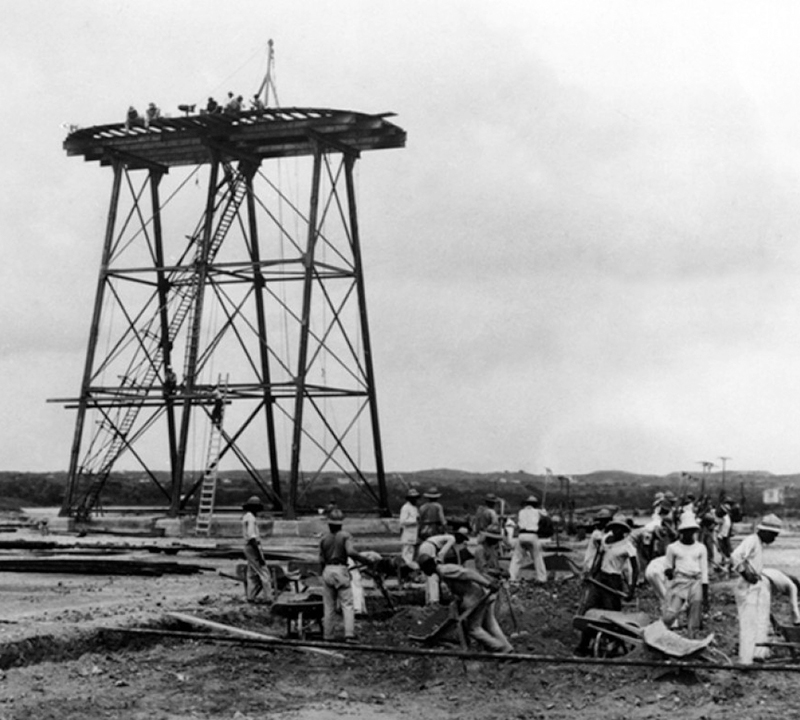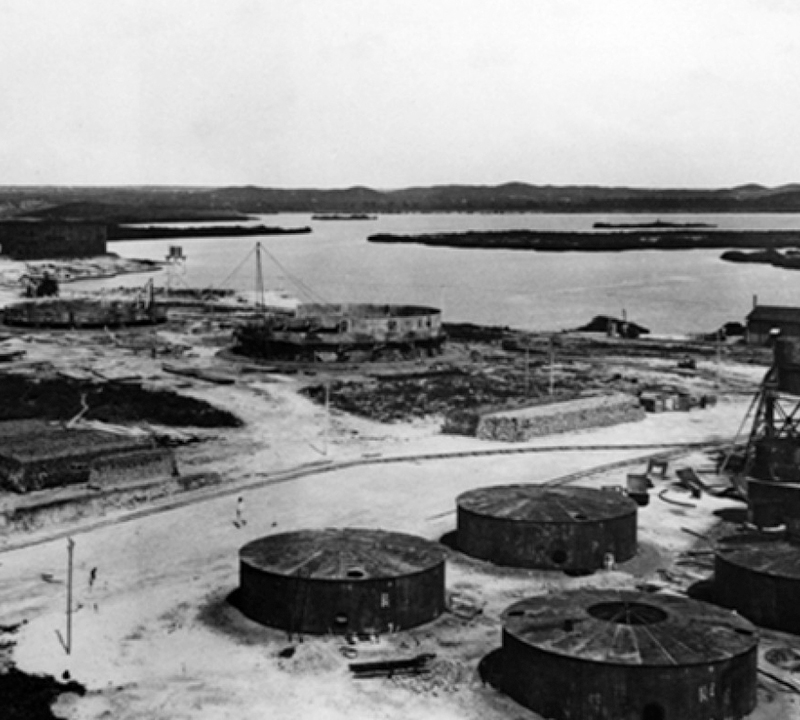In 1912, the Anglo-Dutch company Royal Dutch Shell was asked to participate in the exploration of Venezuelan oil fields. Shell director Henri Deterding, who was embroiled in a fierce competition with the American oil company Standard Oil Company of New Jersey, decided to participate
He decided to merge operations with the small American company General Asphalt that already operated in Venezuela and possessed the concession rights there.
On 17 January 1913 the special investment company, the Burlington Investment Group, was created; a cooperation between Shell and General Asphalt. Shell took over the concession- and operation rights from General Asphalt, while General Asphalt received the cash to begin drilling. A group of about 40 American geologists went to work in the eastern Venezuela- and Maracaibo area. They started the drilling operation at the “Mene Grande” site on 12 January 1914. Mene Grande produced an output of 5,000 barrels per day just on the second well.
Deterding did not want to get involved in this local competition. He wanted to build a refinery in Curaçao and was no longer interested in storage facilities on the quays. On 15 May 1915 the decision was made to build a refinery in Curaçao. The best site for the refinery was the Asiento terrain. Shell bought the 130 hectares plantation of Asiento from H.H.R. Chapman for 40,000 guilders on 30 August 1915. The Asiento peninsula belonged to the CHM. It measured 25.15 hectares and was bought for 50,300 guilders. The islet Negro Pont in the Schottegat (part of the inner harbor) was obtained from the government as a long term lease. Some water plantations were also acquired (e.g. Valentine) and wells were drilled on the Asiento terrain to meet the estimated daily requirement of 100 to 200 tons of water.



